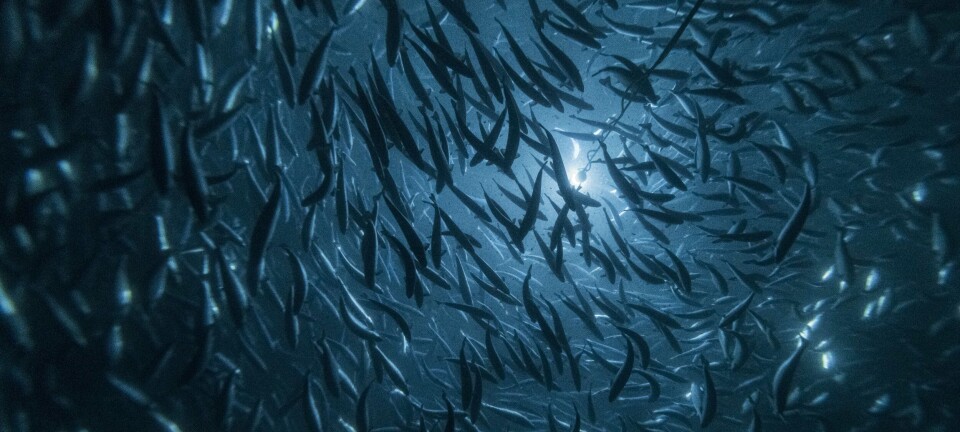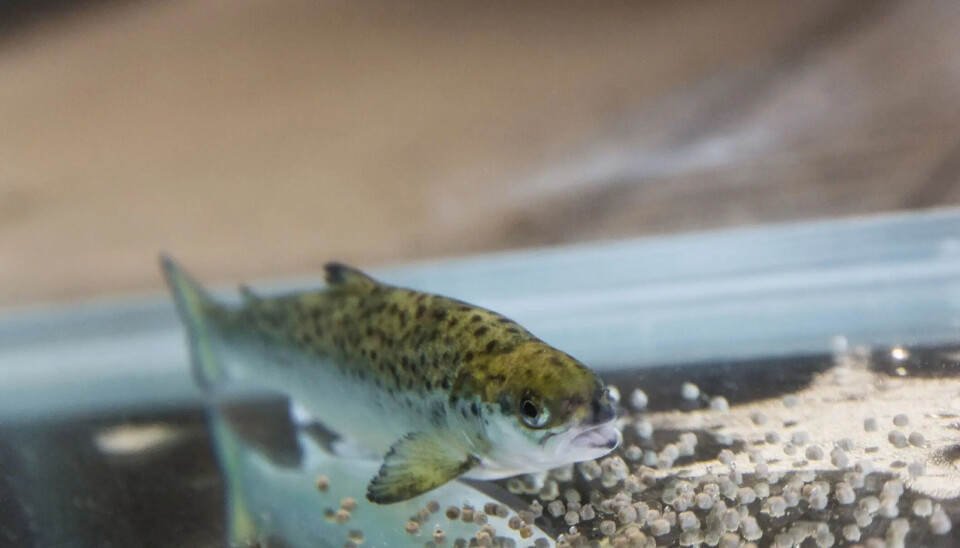
This combination improves salmon feed
It is now documented that the interaction between nutrients in feed is important for salmon to grow well, have good health, and achieve good fillet quality. Here you will find out how.
Researchers particularly point to two interactions: between the mineral zinc and the omega-3 fatty acids EPA and DHA, and between the lipid cholesterol and saturated fat.
This is revealed in a press release from Nofima.
Saturated fat and cholesterol, which one might associate with negative health effects in humans, are important for salmon.
Over several decades, fish oil has been replaced with vegetable oil in the feed, and the salmon's need for saturated fat has not been the focus, explains Nofima researcher Nini Sissener:
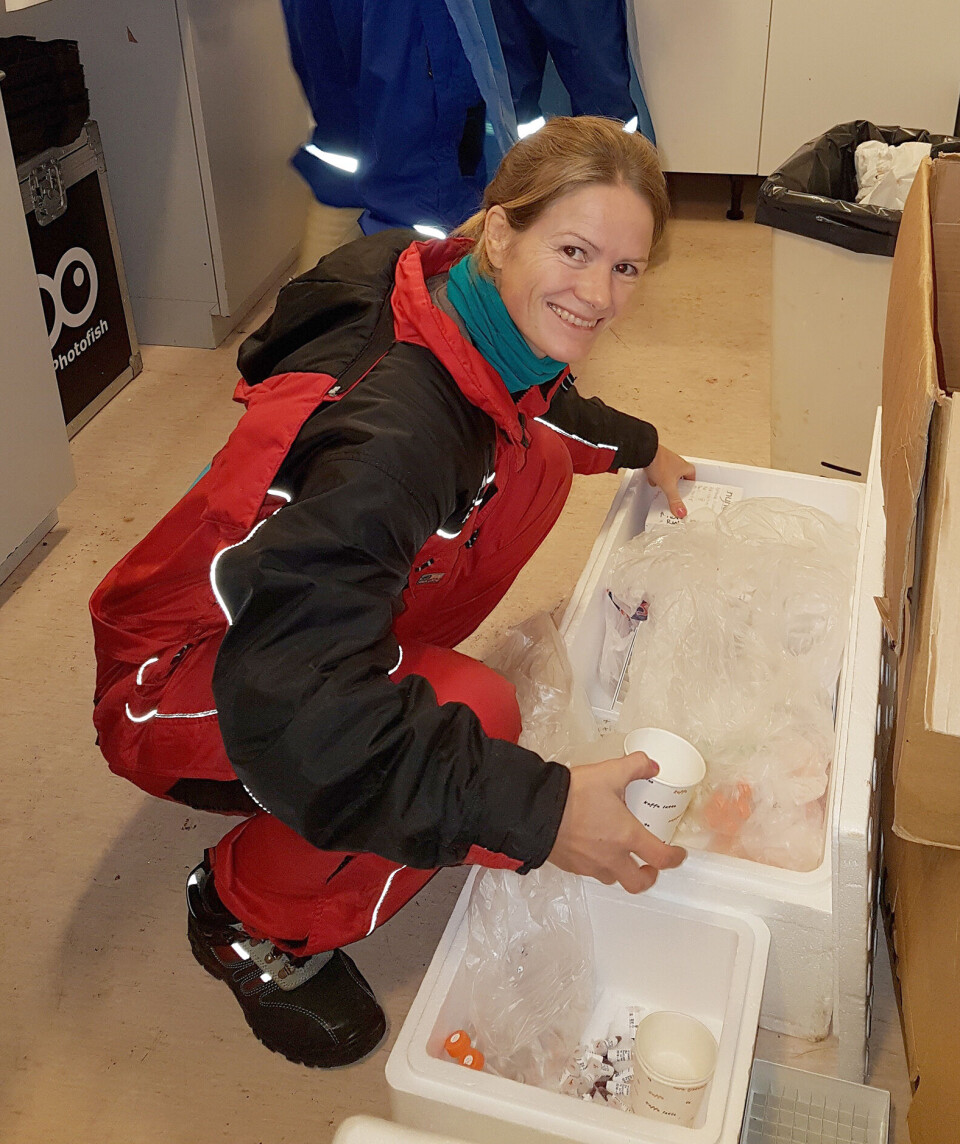
− Saturated fat has a greater impact on fillet quality than we have thought. Fish meal and oil have a unique composition of omega-3, saturated fat, and cholesterol. Therefore, it is important to see what these changes mean for the quality of salmon with today's plant-dominated feed, says Sissener.
She worked at the Institute of Marine Research while the study was ongoing.
The study revealed that frozen salmon fillet lost more liquid during thawing when it came from salmon that had received too little saturated fat in the feed during the growth phase. When the cholesterol in the feed was also low, it reduced the firmness and red colour of the fillet.
Small salmon need enough zinc and omega-3 in their diet
The researchers have also looked at how the level of zinc affects health and robustness while the salmon is small and living in freshwater.
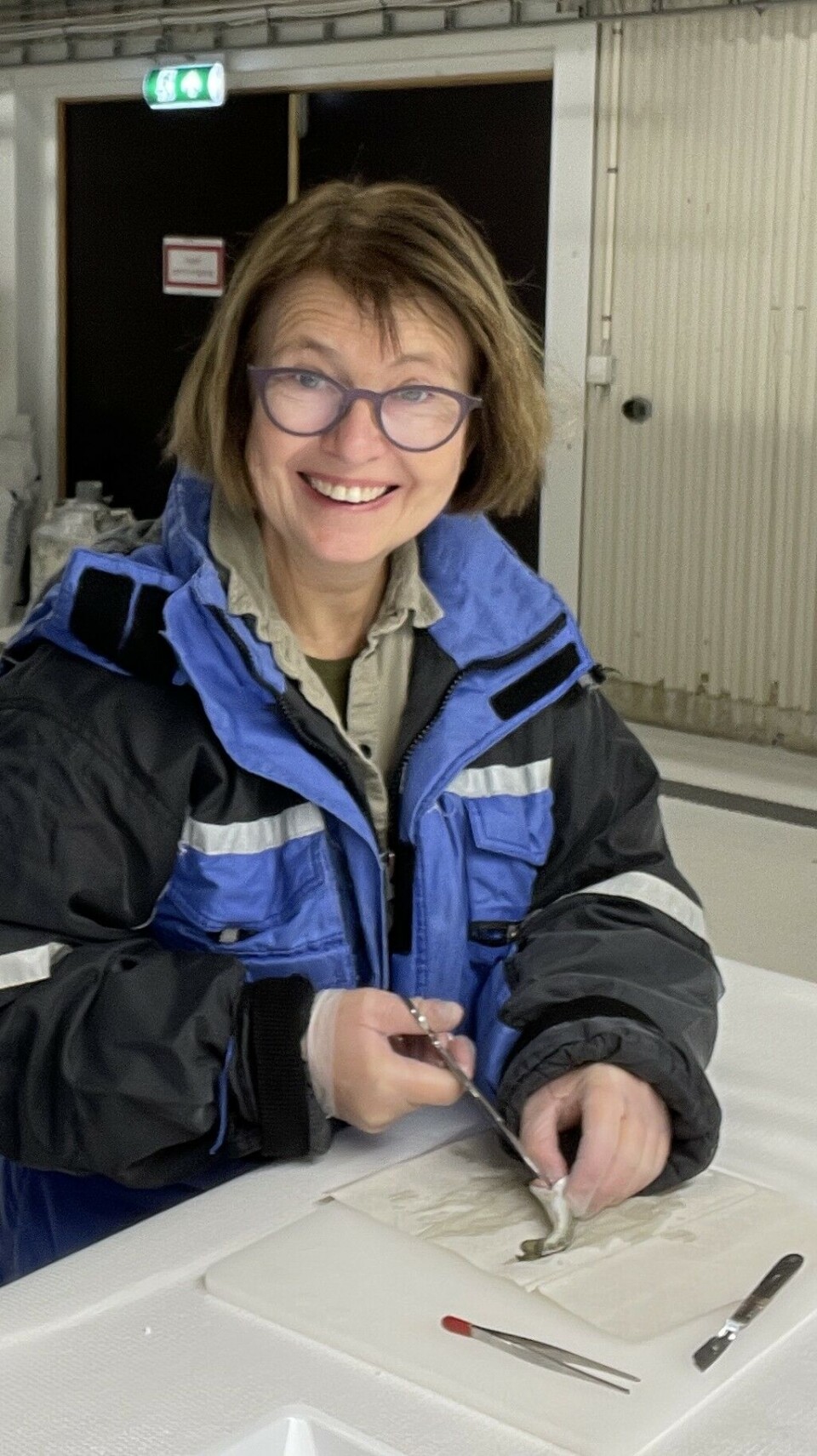
A lot of zinc and a lot of omega-3 is positive for both better shell development and wound healing in the skin, higher bone density in the skeleton, and good growth.
− Together with omega-3, zinc contributes to better skin health, plus more omega-3 helps with better utilisation of zinc. They are simply a super duo in salmon feed and work positively together, says Bente Ruyter, senior researcher at Nofima.
To have good growth under optimal conditions in tanks on land, research shows that 6 percent omega-3 of total fatty acids in the feed is sufficient.
Salmon in the sea needs more
Experiments were also conducted on larger salmon in sea cages, where researchers observed that the fish lost minerals in the body and had lower slaughter weight when they received little zinc in the feed. However, there was better mineralisation when omega-3 in the feed increased and total fat levels decreased.
Bente Ruyter has led this project and researched omega-3-related issues in fish feed for many years. Ten years ago, the omega-3 level was lower than today. When research previously showed that salmon needed more omega-3, the industry was quick to increase the level in the feed.
The research in this project shows that salmon growing under challenging conditions in sea cages need more than salmon under optimal conditions in tanks on land, to have good growth, health, and quality.
For example, salmon that received 11 percent omega-3 of total fatty acids in the feed started eating again more quickly after a round of delousing than salmon that had 6.5 percent. Ruyter explains that it is common for appetite to decrease after delousing, so it is important to resume feed intake quickly.
The interaction between nutrients is significant
"The exciting thing about these results is that the interaction between nutrients is important for skin health, red colour, energy metabolism and membrane fluidity, and the ability to adapt to new production environments", she says.
If there is one ability that modern Norwegian salmon needs, it is adaptability:
"Now there are a number of technical solutions, warmer seas, more salmon lice. So, a salmon that is to successfully go through a production process with good growth, health and fillet quality needs the right feed", concludes Ruyter.
The research project has been funded by FHF - The Norwegian Seafood Research Fund, and led by Nofima. Project partners have been the Institute of Marine Research, NMBU, UiT, INRAE, University of Gothenburg, Skretting Aquaculture Innovation AS and Biomar AS.
SPONSORED ARTICLES
-
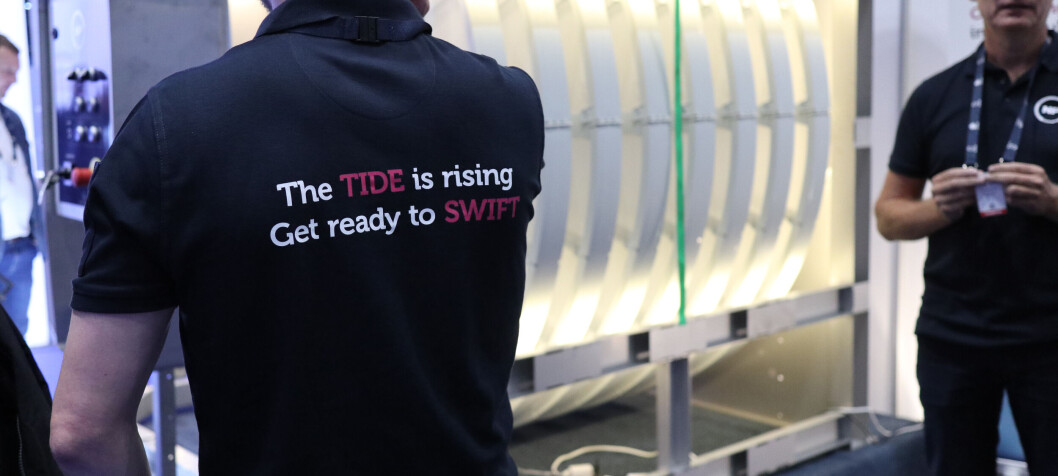
Derfor mener vi du skal bruke slike filtre
-
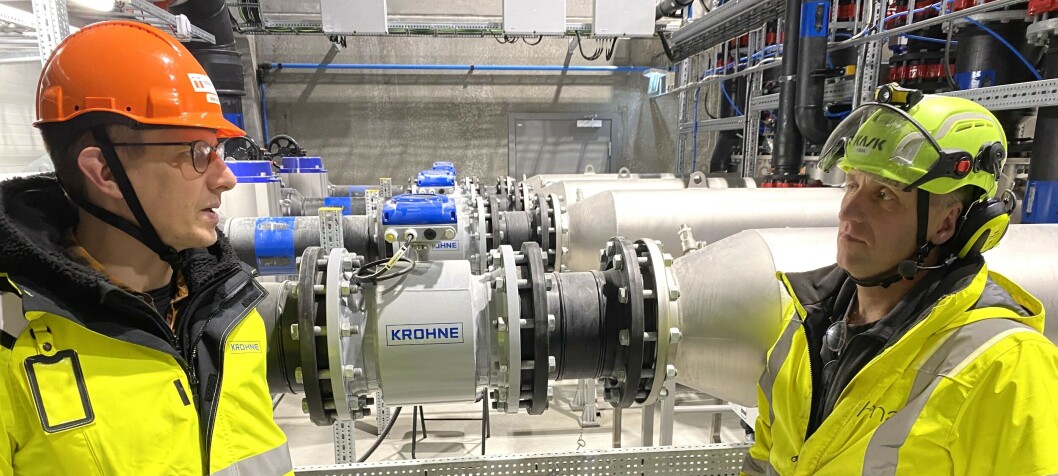
KROHNEs instrumenter er helt sentral i produksjonen
-
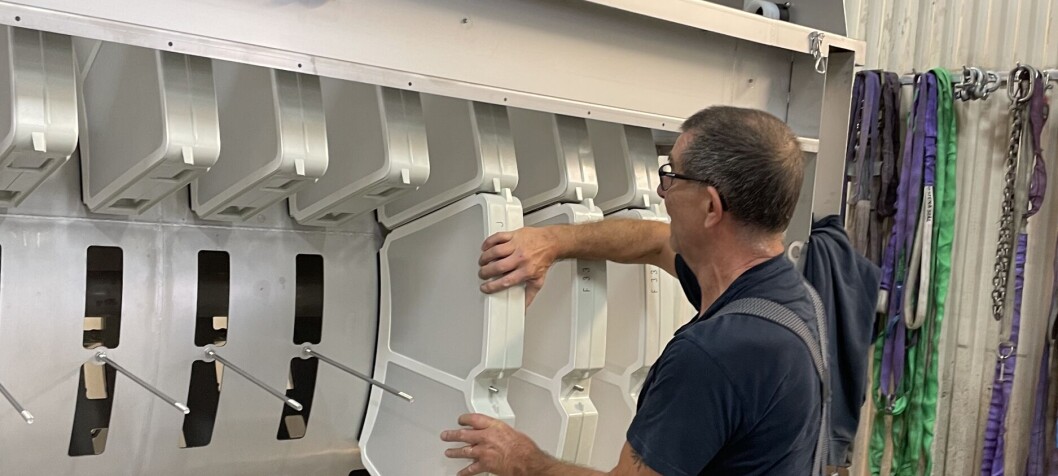
Revolusjon i RAS: Skivefiltrenes gjennombrudd
-
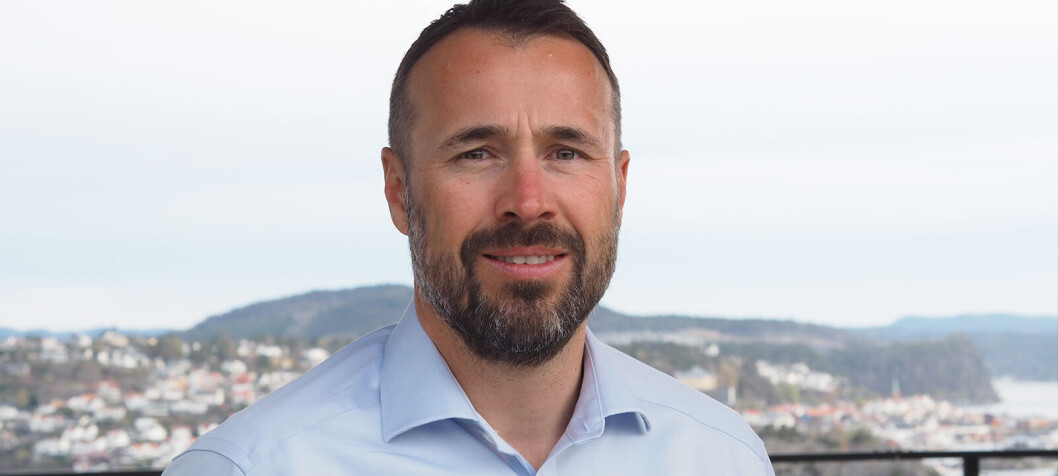
Er ditt RAS-anlegg godt rustet mot brann?
-
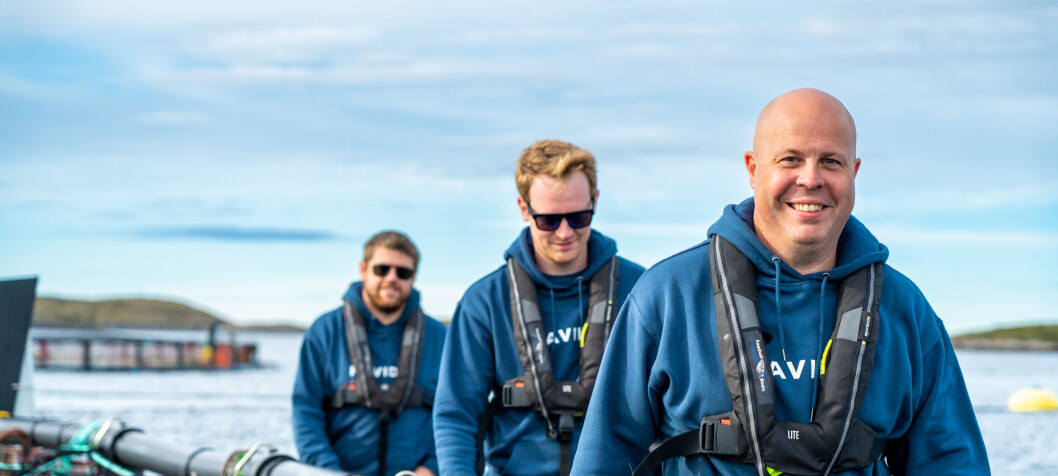
Høye ambisjoner og en liten dose galskap – Slik ble Havida til!
-
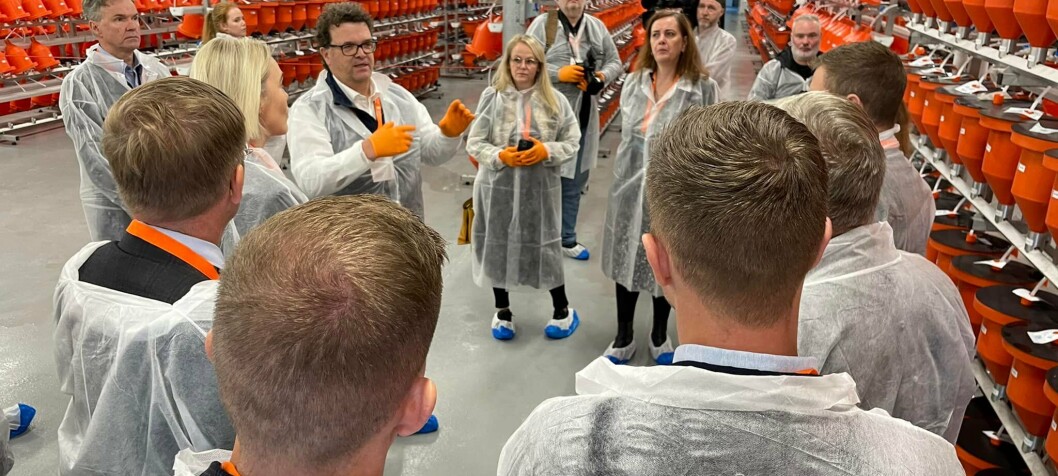
Slik skal Island sikre norsk rognbehov i årene fremover
-
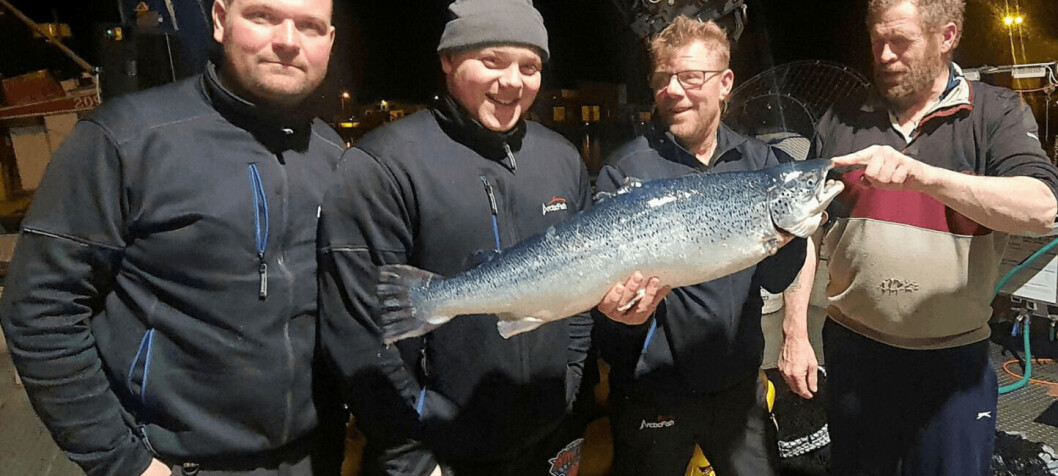
Islandsk Benchmark-rogn ga storfisk produsert på svært kort tid
-
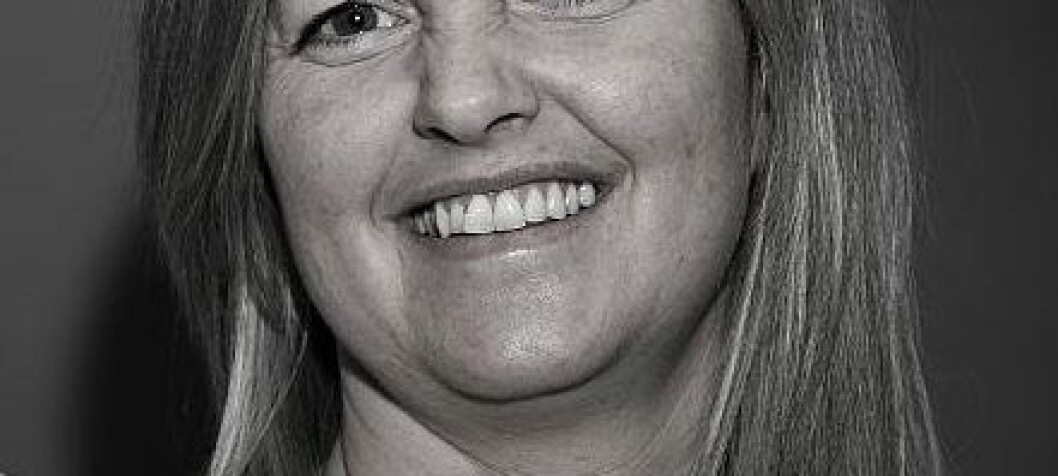
Vikan Settefisk leverer første generasjon fra RAS anlegg
-
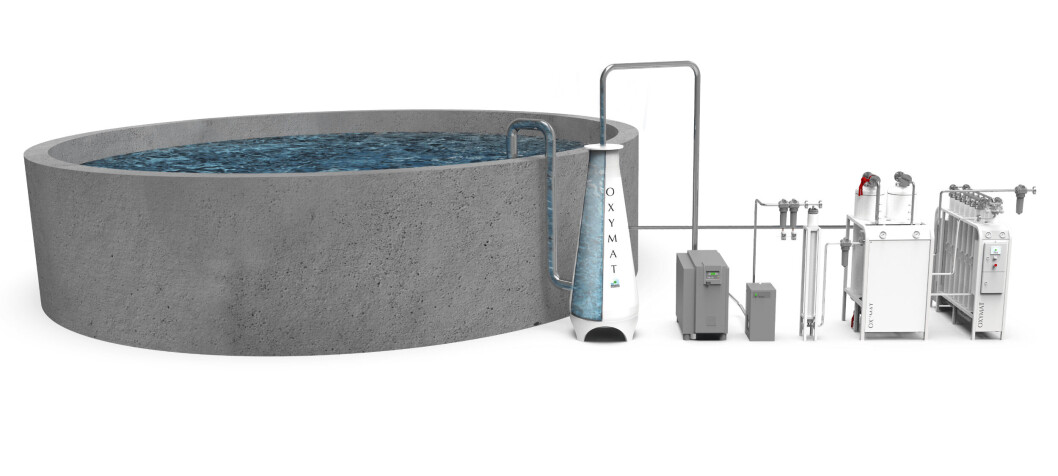
Lave omkostninger på oksygen gir merkbart resultat på bunnlinjen
-
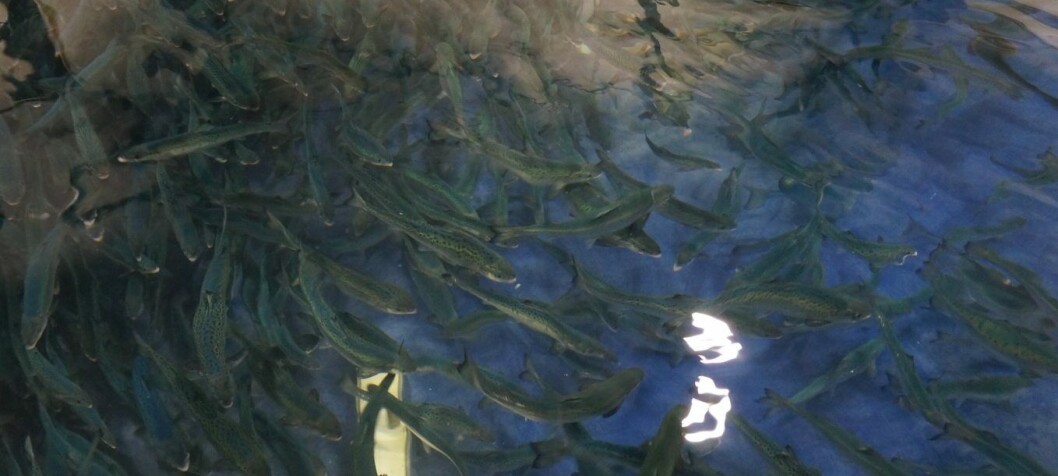
Er det behov for genetiske tilpasninger for landbasert oppdrett og RAS-systemer?

































